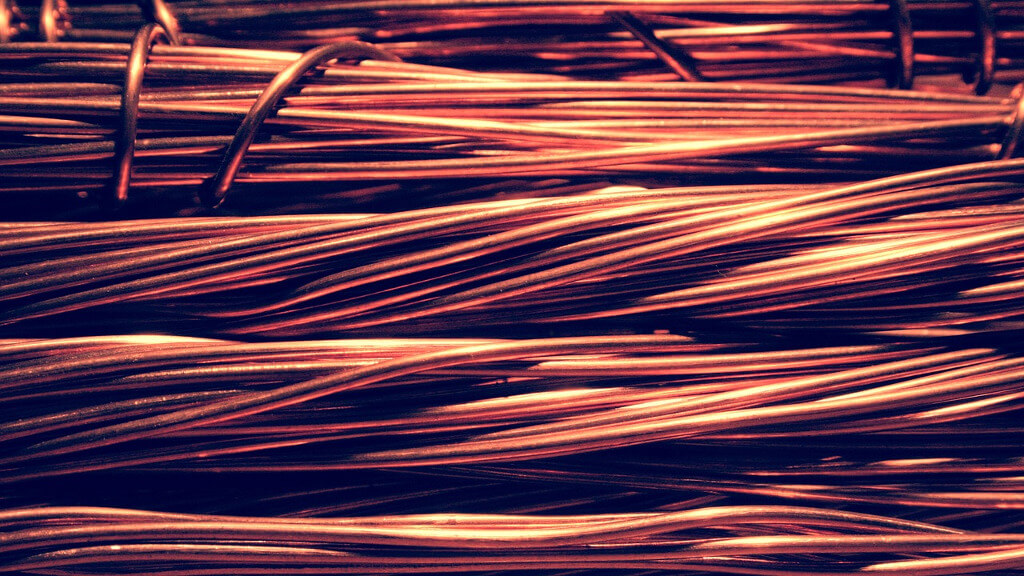ZIMSEC O Level Combined Science Notes: The reduction process
- Reduction is the opposite of oxidation
- Reduction is the removal of oxygen from a substance/compound
- It can also be the addition of oxygen

The reduction of copper.
- A reducing agent removes oxygen or adds hydrogen
- Metals cannot be yielded by heating their oxides
- The metals have to be heated with a reducing agent
- That will remove the oxygen from the oxide to yield the metal
- The metal oxide is reduced into a metal
- The reducing agent that can be used can be any of the following:
- a metal that is higher up in the reactivity series when compared to the metal being extracted
- hydrogen
- or it could be carbon
- All these can act as reducing agent
- For example:
- \text{copper oxide+hydrogen}\rightarrow\text{copper+water}
- Hydrogen can be used to remove (displace) oxygen from a compound
- Carbon can also be used to reduce copper oxide yielding the copper
- The equation can be written as:
- \text{copper oxide+carbon}\rightarrow\text{copper+carbon dioxide}
- A metal that is higher up in the reactivity series can be used to reduce a metal that is lower in the reactivity series
- This is because the more reactive has a higher affinity for oxygen when compared to the metal that is lower in the series
- The more reactive metal will thus “take” oxygen from the less reactive metal
- The more reactive metal displaces the less reactive metal
- This leaves the less reactive metal and an oxide of the more reactive metal
- For example:
- \text{iron oxide+aluminium}\rightarrow\text{iron+aluminium dioxide}
- Aluminum is higher up in the reactivity series when compared to iron
- The aluminum reduces the iron (III) oxide to leave iron and aluminum oxide
- A lot of heat is given out in the reaction
- Exothermic reactions give out heat
To access more topics go to the Combined Science Notes page.



